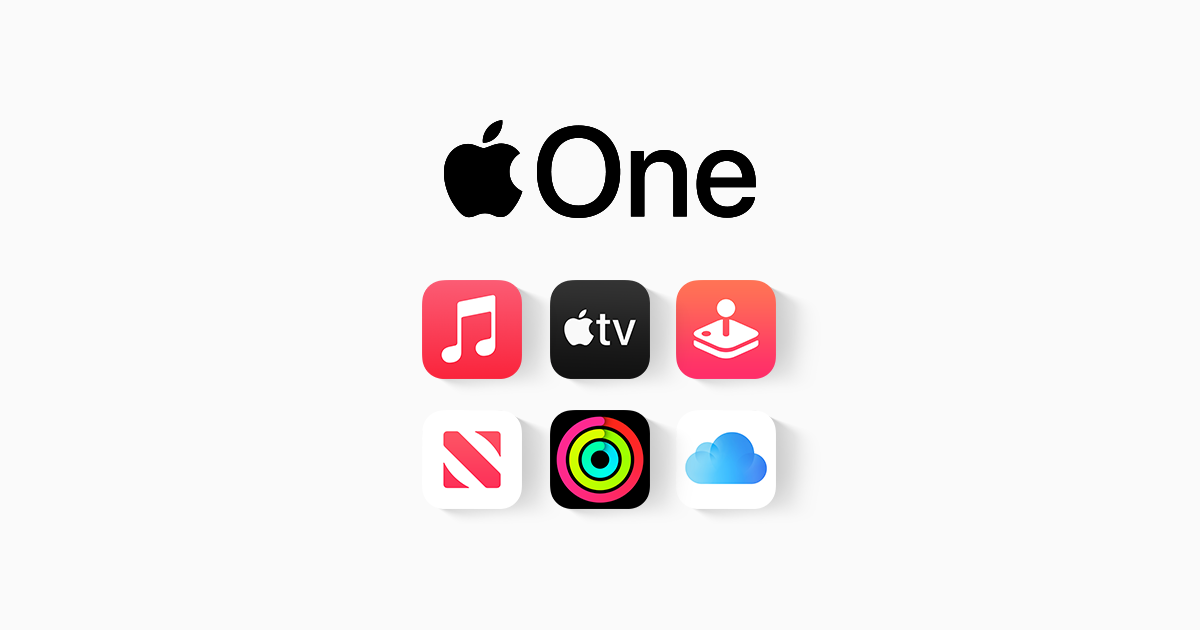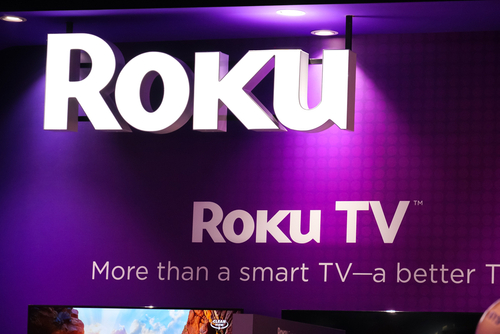

Uncertainty over the Omicron COVID-19 variant has unsettled markets again following a period of optimism – and just when businesses had begun the return to normal. This has put a dent in the recovering valuations of companies exposed to the “re-opening trade” – ie sectors in transport, retail, hospitality and allied industries.
For the Fund, however, November’s relative performance was the strongest in its five year history – it was up +9.9% net-of-fees, outperforming the benchmark MSCI All Countries World Index (net, as expressed in AUD from Bloomberg) by +6.7% (it rose +3.2%). One-year net performance to 30 November is +24.0%, which is outperformance of +0.4%.
Read the full report here.
Qualcomm, our highest conviction call by weight since the strategy’s inception, delivered a massive +6.6 percentage point contribution to the Fund’s return in November. The company is fundamental to the entire smartphone industry globally, having pioneered the development of 3-4 and now 5G modems. Qualcomm will continue to benefit in the short-term as 5G becomes ubiquitous and in the years ahead as the world’s appetite for connectivity and processing at the ‘edge’ grows, turbo-charging the company’s fast-growing business lines in Automotive and the Internet of Things.
The number and type of applications which will come from these is not yet clear. For example, it was not broadly appreciated that the roll-out of 4G ten years ago would allow consumers to watch the progress of their Uber.

Seven years on, how the investment process works
We have been managing the Fund for five years (over seven years for the strategy), and have delivered an annualised return of +26.3% p.a. (+10.7% p.a. in excess of the Fund’s benchmark).
The guiding principle of our strategy has always been higher portfolio allocations to companies with greater probabilities of achieving our price targets. This means a higher exposure to companies with relatively lower upside, but crucially with significantly less risk, meaning better business models, financials and management.
We have also observed consistently that the market seems anchored to historical financial performance of companies and values them based on mean reversion and cyclicality. This approach misprices the value accretion to companies that are spearheading powerful secular trends and the value destruction brought to companies that fail to re-tool and adapt their business models to this new normal.
Repeatedly, this philosophy and process has surfaced high-conviction positions with a quality bias. We have only held individual positions with portfolio weights greater than 10% three times in the strategy’s history, and on each occasion the result has seen outsized risk-adjusted returns. The companies, Apple, Xilinx and this year Qualcomm, are all large-capitalisation companies with excellent financials, great management and under-appreciated strategic positions in their respective businesses. The common thread for outperformance from all three of these names has been the consideration of the businesses well beyond the next four quarters – specifically how the businesses of those companies will develop in the next two to five years. This approach mutes near-term quarterly earnings noise and helps to fine-tune the crucial longer-term determinants of valuation.
In the case of Apple, it was clear in 2015/16 that the company was not just a hardware business, but instead one with a huge ecosystem to which the market assigned little value. For Xilinx, the high conviction position in 2018/19 was based on an understanding of the strategic importance of the company’s products to data-centres and communication services.
In 2019, we recognised that 5G would play an integral role in the global economy across almost every industry by enabling trillions of dollars of sales by 2035 and that Qualcomm would play a crucial part in 5G’s timely rollout.
Importantly, none of these three names required five years of high double-digit top-line growth assumptions to justify our valuations – for Apple it was high single digit and for the other two mid-teen growth rates. For outsized risk-adjusted returns, we simply combined the conviction generated from our research process with patience.
Year to date performance – quality of earnings matter
The Fund, which had an extraordinarily strong year in 2020, lagged the broader market for most of 2021. However, the share price performance of many of the Fund’s holdings belied powerful earnings growth through the year even after normalising for the impact of COVID-19. Reflecting the strong financial performance of many Fund holdings, the performance gap to the Fund’s benchmark closed in November.
For the 11 months to 30 November the best performing company was Qualcomm, which alone generated +5.5 percentage points of return for the Fund. Google, Microsoft and Apple, ranked two, three and five respectively, added +9.3 percentage points between them, more than a third of the total contribution. They are all important, multi-faceted companies which have earned their place and weighting in the portfolio. Google is the world’s largest search engine across text, mapping and video (YouTube), the biggest smart phone operating system (Android), the largest mail server (Gmail), though a distant third in cloud services. We have considered the valuation of Google in detail over a number of years and believe there is more value coming.
Apple is adding services businesses, including health (using the bio-tracking watch), banking (Apple Pay) and entertainment (Apple TV+). Not all investors understand that the company has effectively concentrated the returns to shareholders through share buybacks that have in total cut the company’s share count by 23% in five years. Because that has been done using balance sheet cash (which earns less than one per cent per year on deposit), every repurchased share adds around a 3 percent return on the cash used to buy it. Simple arithmetic.

Contributions to returns also came from less well known companies including AMD (which added +2.8 percentage points for the period) Nvidia (+2.0 percentage points) and John Deere (+0.8 percentage points). It would be tempting to label AMD and Nvidia as merely technology companies, which they certainly are, but to do so would be to ignore the incredible contribution they have made to business across a wide range of industries.

They make graphics processing units, or GPUs, which power industries including retail, banking, media, telco’s, banks and transport. Without them the web would be slower by orders of magnitude. In practice what this means is that it would be impossible to watch a movie on a phone (or indeed, make movies with significant special effects, like Lord of the Rings) or find the quickest route home, or develop a vaccine for COVID-19. Like the boiling frog, we are so enveloped by the data, cloud and machine learning enabled by these advancements that we almost don’t notice it. If the past 50 years of improvements in business processes have been powered by Intel, the next ten or more will surely be leveraged by the power of these graphics processing units and the applications that spring from them.
The images from car sensors (that warn that the car in front has braked, or assist parking) are interpreted on GPU tools made by these companies – companies in which the Fund has been invested for five years. But the technology tools aren’t the point – it is the applications of these tools which make consumers want to buy the car, thus driving vehicle sales, and ultimately share price growth.
But as mentioned, it was Qualcomm that stole the show, performance-wise. The investment team has spent some four years researching the company. The market is slowly coming to grips with the size of the opportunity that lies ahead for Qualcomm, which is what underpinned the strong contribution for the month and calendar year to date. The company’s valuation is still not challenging.
The Fund’s returns were also marked by the absence of significant negative performance. Last year’s top performer, the advertising-funded streaming platform Roku, generated a -1.1 percentage point drop in the portfolio value for the 11 months, and was the worst performer. The stock has halved this year, but in our view it is still an important player in the shift from channel-first TV to app-first TV.

De-carbonisation’s ‘eureka moment’ happened in the lead-up to COP26 for the conservative political classes (Elon Musk had it twenty years ago) and it is safe to say that the roadmap is now fairly clear: wind, solar and other renewables for generation.

These sources of energy need to be attached to batteries, whether they be traditional (such as lithium-ion) or chemical (such as hydrogen), or even physical (water pumped up into a dam with surplus energy, and released when required for instant power). In any event, these developments signal a significant reduction in the use of fossil fuels (though low-cost producers will be around for some time yet). Notwithstanding the headwinds of the re-opening trade, the Fund has performed well. Now, with these extreme shifts behind us, for the most part, we expect companies that are best-positioned to drive disruption will resume their ascendancy. These are the companies that we seek out to include in the Fund.
Share this Post

